Sergey Lapkovsky sits in front of a fascinating background: a bare white wall brimming with potential. He and his wife, Anastasia, are settling into their new Westchester County, New York, home, still unpacking boxes and yet to decorate. “You can call me Serge,” he says, starting off this Zoom call. It’s an opening statement on his website, too, because Americans often don’t know how to pronounce his first name: ZAIR-GAY. As he talks, it’s tempting to use that bare wall as a whiteboard to lay out the roadmap of his 13-year wedding photography career building a multicontinent clientele and tallying more than 100 international awards: a career Lapkovsky built step by studious step.
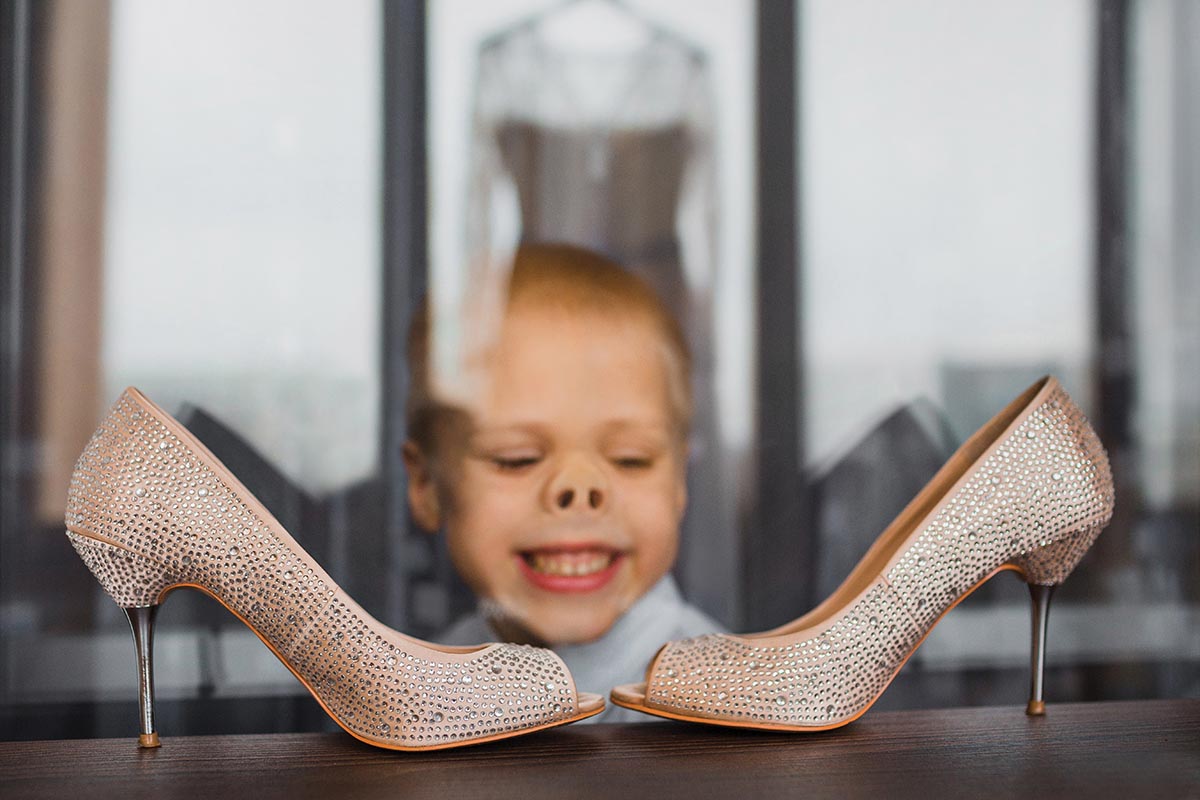
ECONOMIST AND HOBBYIST
In 2007, Lapkovsky, a native of Belarus, was a second-year international economics student at Belarus State Economic University in Minsk. He decided he needed a hobby and settled on photography because he tends to think things through visually and likes communicating with people, he explains. “I thought photography may be something I could try to do,” His father, a photography hobbyist when he was young, was so excited that he bought Lapkovsky his first camera.
Lapkovsky approached his hobby as he did his studies. “When I’m interested in something, I usually do my own research, trying to read as many books as possible about composition, about the art, to be well prepared not only with practice but also studying everything that is possible.” He photographed friends at school and joined a photo studio class where he made friends with the models, who then invited him to work on their projects.
Posting his images on social media, he started fielding inquiries about portrait sessions. “They asked how much does it cost to do the photo shoot,” he says. “That was a really good question because I didn’t know what to tell them.” He got tips from fellow photographers, and Lapkovsky’s hobby became a business. Another question expanded that business: A previous customer wanted a portrait session with his girlfriend and asked if Lapkovsky would do it. “I hadn’t done any couples portraits before,” he says. “That was something new because I realized that gives me the opportunity in photography that when two people interact with each other I can capture this moment.”
THE ART AND BUSINESS OF WEDDINGS
Lapkovsky didn’t take wedding photography seriously until he discovered international wedding photography competitions. “I realized, wow! They’re doing something great, something I had never seen before. This is an art. Wedding photography includes all other types of photography. They’re shooting landscapes, they’re shooting details, they’re working with people. That was interesting and challenging.” A friend allowed him to work as second photographer at a wedding and post the images to his own portfolio. Classmates began hiring him for their weddings, and when Lapkovsky graduated with his economics degree, he became a full-time wedding photographer. “I never worked a day as an economist,” he says.
The images of his first wedding as primary photographer, Lapkovsky says, “They were good. Sometimes when you do something the first time, you can’t say that.” The clients were happy, too, but wouldn’t let him post them for privacy reasons. “I felt so bad about this, but that was a good lesson. I didn’t have any contracts at that time. I’m happy that at the beginning of my career, the first thing I realized is I need to have a good contract, to discuss everything, to meet the expectations of the clients, and make sure we’re on the same page.” He had a contract ready for his second wedding.
A solid wedding photography agreement will benefit both client and photographer, Lapkovsky says. “Contracts are, in fact, all about building better relationships, clearer expectations, and understanding obligations.” Every contract should include the following:
- Summary of included services
- Payment schedule
- Model release
- Copyright and usage
- Cancellation policy
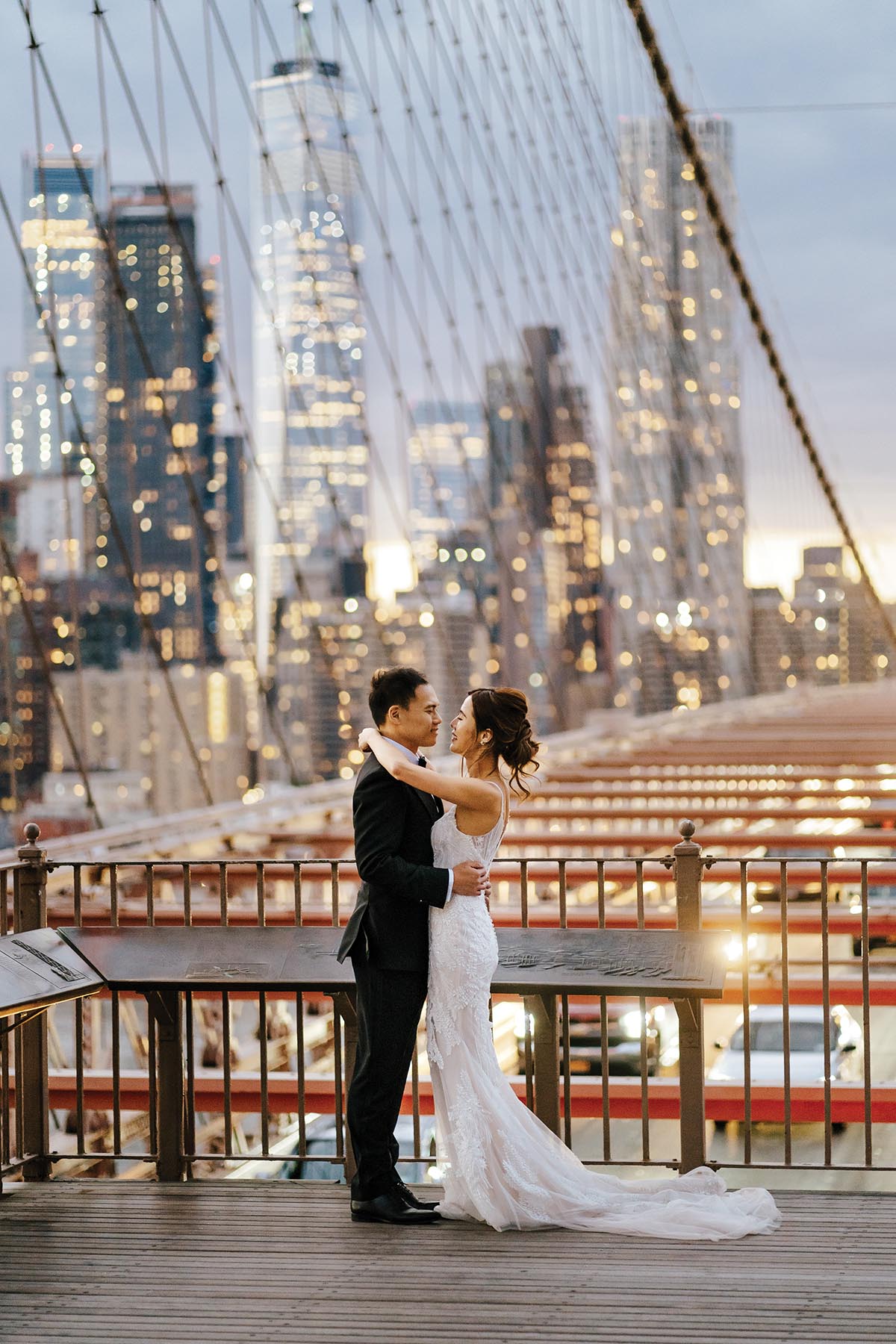
GOING INTERNATIONAL
Lapkovsky’s growing photographic and business vision began outgrowing Minsk, a city of 2 million. “I realized I need something new. I was shooting in the same places all the time.” University friends were relocating to other countries and asking if he could still photograph their weddings. These images were the first destination photos in his portfolio, but he also started participating in international wedding contests. “That’s how my first international clients found me,” he says. “They were browsing different contest websites, saw my work and that I could travel and take pictures in different countries.”
About the time he found photography, Lapkovsky and Anastasia found each other at university, where she was an international languages student. Upon graduation, she took an office job, but Lapkovsky introduced her to a different career. “In Belarus there weren’t a lot of good wedding planners,” he says, and wedding day management often fell on him, so he convinced Anastasia to become a full-time wedding planner. Separate businesses, but partners. Anybody who hired her had to hire him, and vice versa. “That’s why we worked all the time together,” Lapkovsky says. He was doing about 50 weddings a year until they started specializing in international weddings and the number dropped to about 35.
Their daughter was born at the start of the COVID-19 pandemic, and Anastasia gave up her business to be a full-time mom. But Lapkovsky’s knowledge of his wife’s work factors into his approach to working with other wedding planners. “I realize that they have a really hard job,” he says. “The wedding planner is the person who connects everyone on the date. And they have a lot of stress. Photographers are there only for one day. Wedding planning will take several months and communicating with the couple all the time.” He emphasizes the need for all vendors to collaborate. “We all work for the same result, not only for our own portfolio. The final result is the result for our clients.”
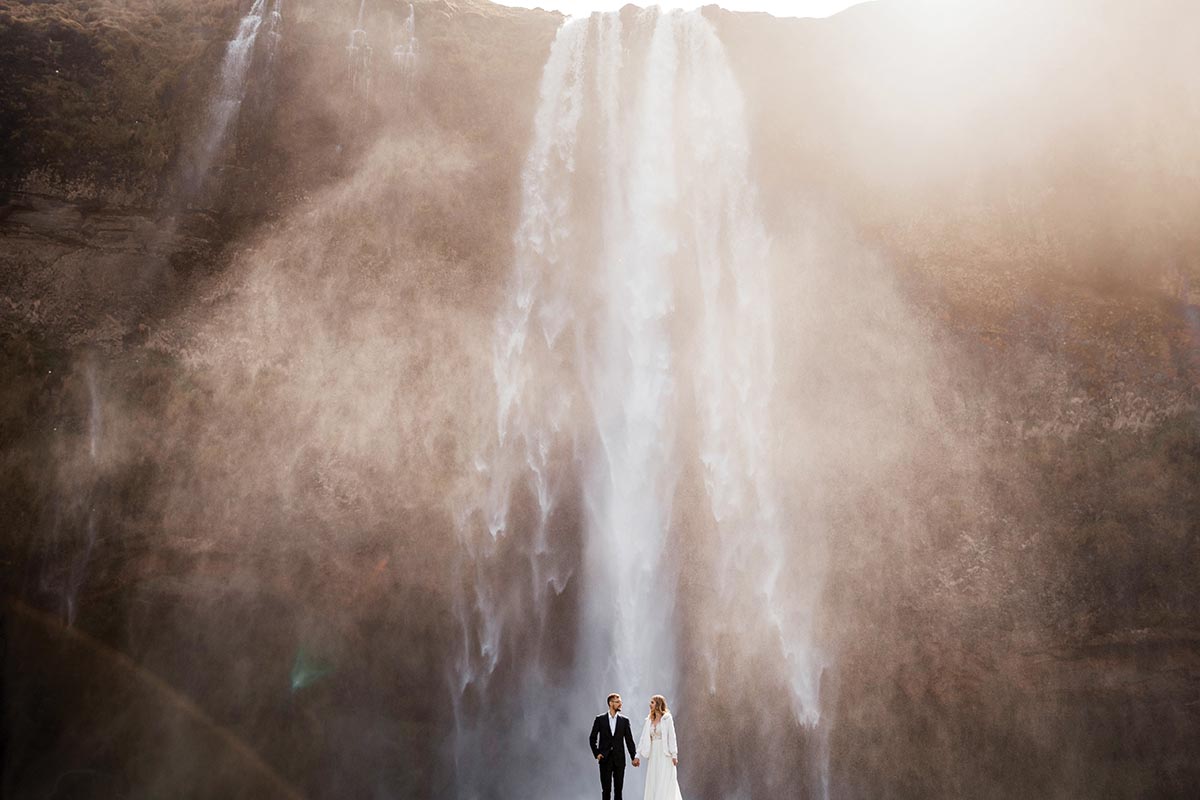
THE DESTINATION OF DESTINATIONS
In 2014, the Lapkovskys got their Green Cards and hopped from continent to continent working weddings. It’s been a bucket-list-fulfilling life. One Eastern European couple went to Iceland for their honeymoon and invited the Lapkovskys to continue their assignments there. “And we wanted to go to Iceland so bad,” says Lapkovsky, a fan of “Game of Thrones,” which filmed there. “It’s one of the most beautiful places I’ve ever been.”
They decided to make New York their home in 2018. The United States offers a destination wedding photographer every landscape imaginable, and New York City alone serves up a diverse cultural palette. “I like to take pictures in different places, new people, new cultures, traditions, and New York is a melting pot,” he says. “One day I can shoot a Jewish wedding, the next day a Hindu wedding. I can be in different venues. I have everything here.” He’s also photographed couples visiting New York specifically for its iconic locations, such as the Chinese newlyweds he photographed kissing in their wedding gown and tux amid bustling commuters at Grand Central Terminal.
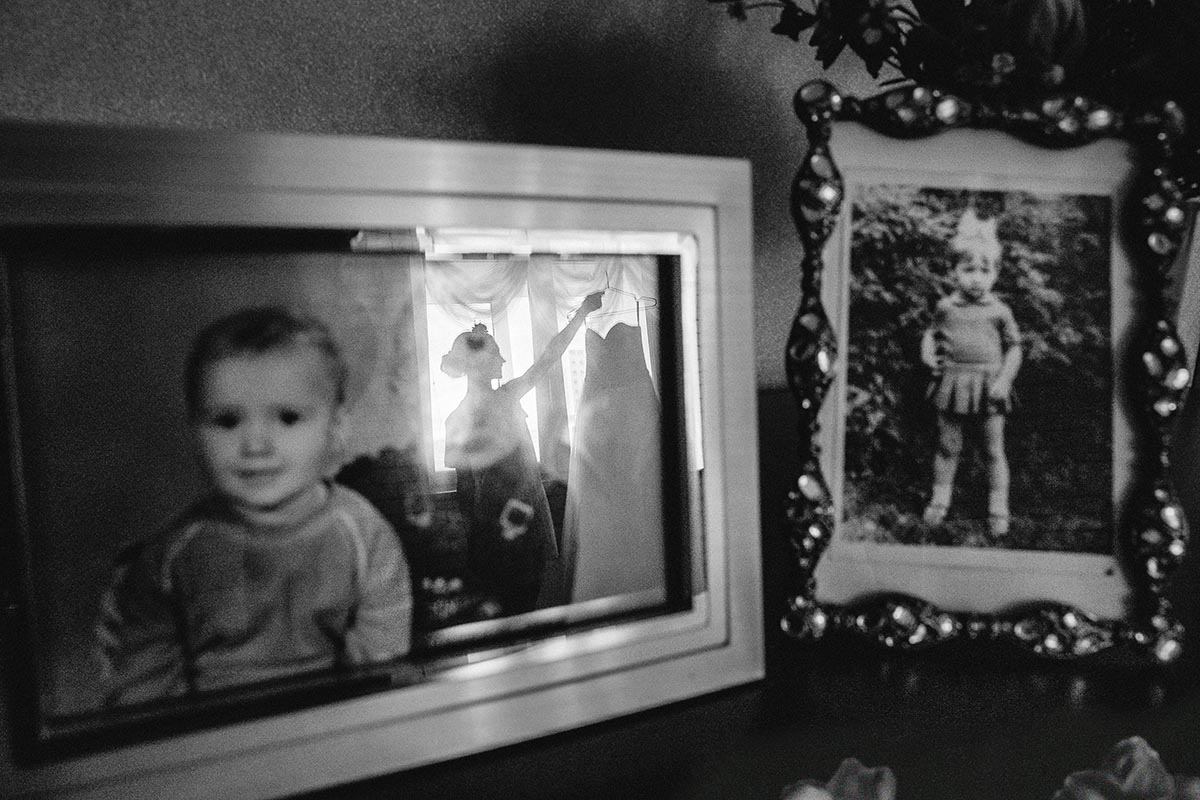
CREATIVE DISCRETION
Most of Lapkovsky’s wedding images look natural and candid. He carries multiple cameras and lenses to be prepared to photograph in any conditions and not miss any moments. His portfolio brims with creativity. He especially likes reflections and through-the-window images, such as a just-married couple snuggling in the back of a limo and a just-engaged couple dreamily relaxing inside a Volkswagen Type 2 bus parked in a forest.
“My photography is about the diversity, taking the pictures from different angles to make sure they have as much variety as possible,” he says. “If I have time to take some pictures with a more creative approach, I definitely want to do that as well. That also keeps my eyes open all the time.” His ultimate goal: timeless images. “I’ve seen a lot of trends in photography and editing, I’ve seen oversaturated colors, moody and dark, light and airy. But some of these trends, right now they look funny. That is the last thing I want for wedding pictures I take. These pictures are a family legacy. I want to make sure these pictures look great in 20 years”—or would be images he’d still want to make in 20 years. The kind of images he’d want of his daughter’s wedding.
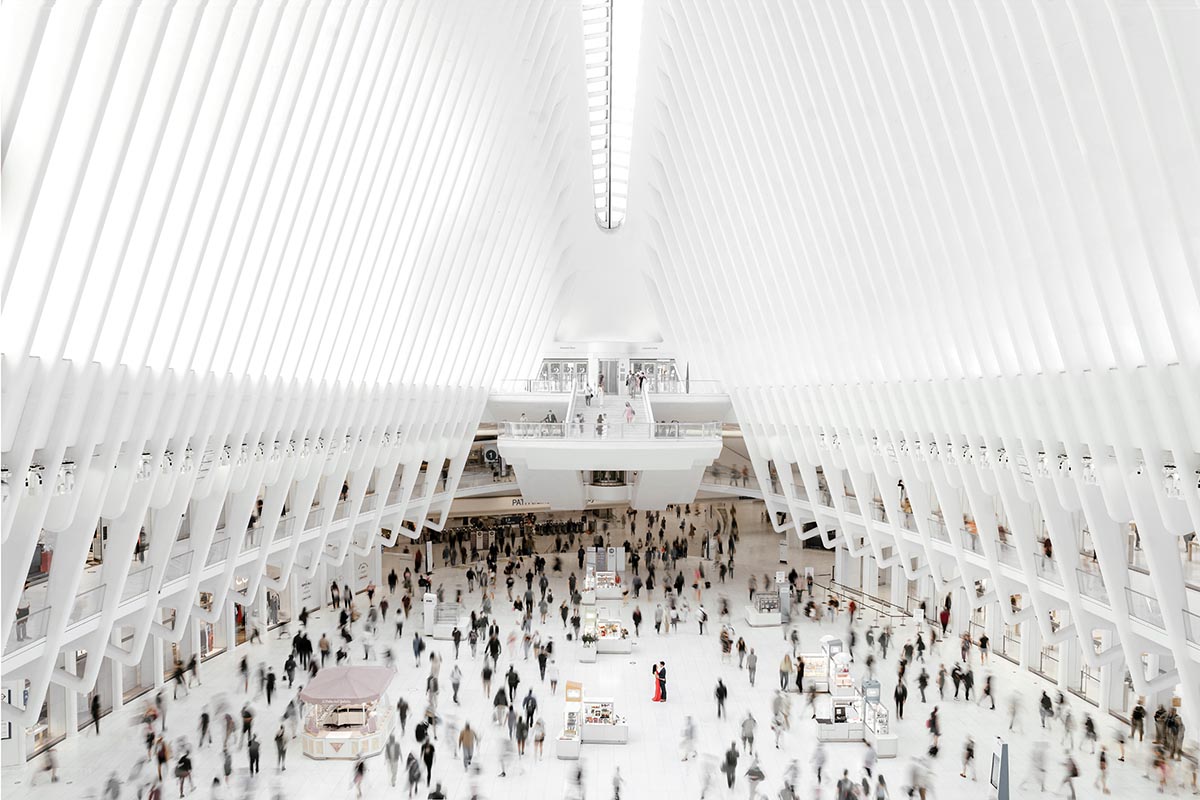
“I’m a very detail-oriented person,” Lapkovsky says—which is expected considering his economist past. For example, he sends thorough questionnaires to couples asking about their vision so he can tell their singular story. “When I know all this information, that helps me to take not only the pictures I like, but to make sure the couple will be happy. It can be the best lighting, it can be the best composition in the photos, but if the couple doesn’t like themselves in these pictures, they will never show these pictures to anyone.”
Eric Minton is a writer and editor in Washington, D.C.
Tags: contracts wedding photography

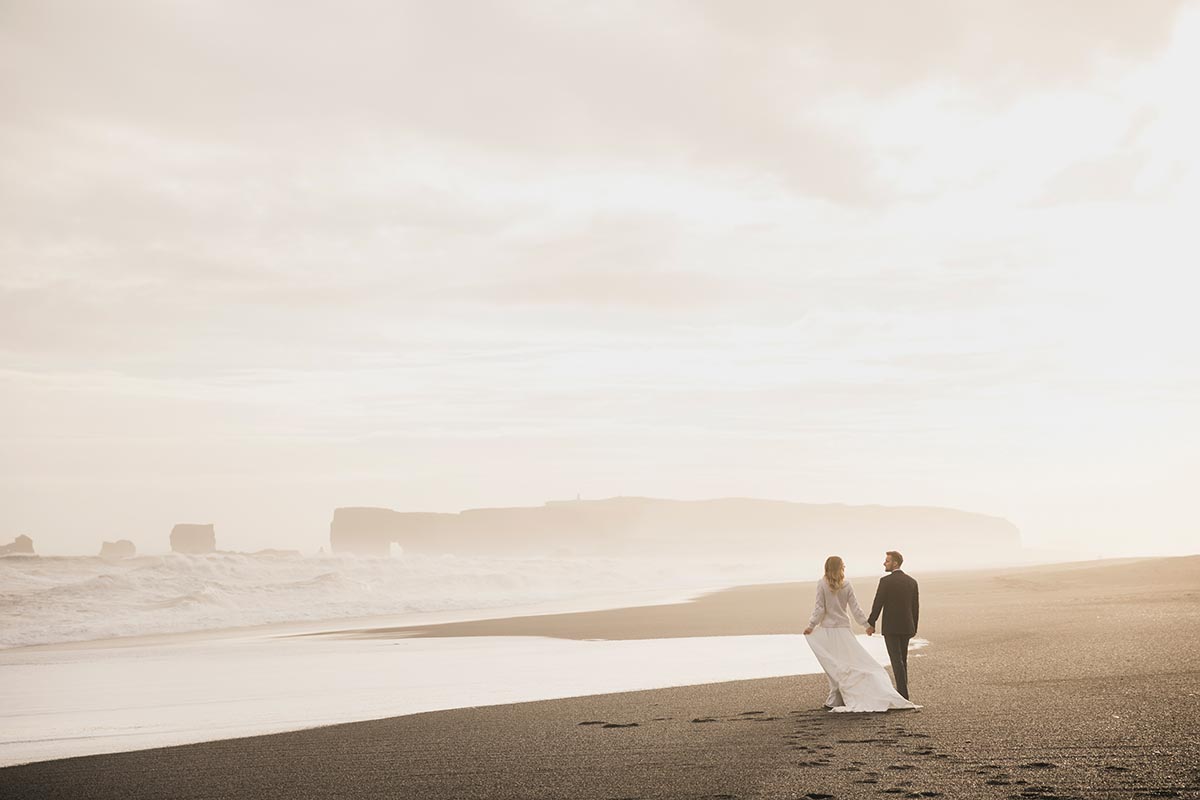
 View Gallery
View Gallery